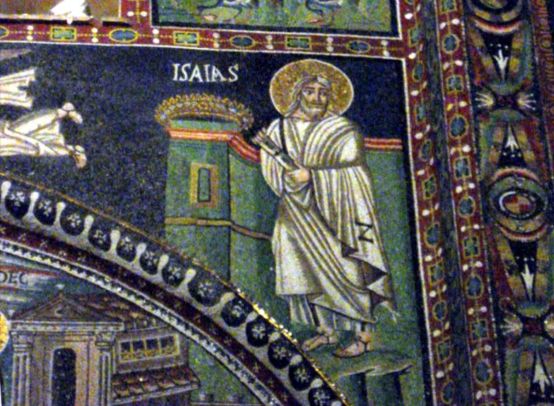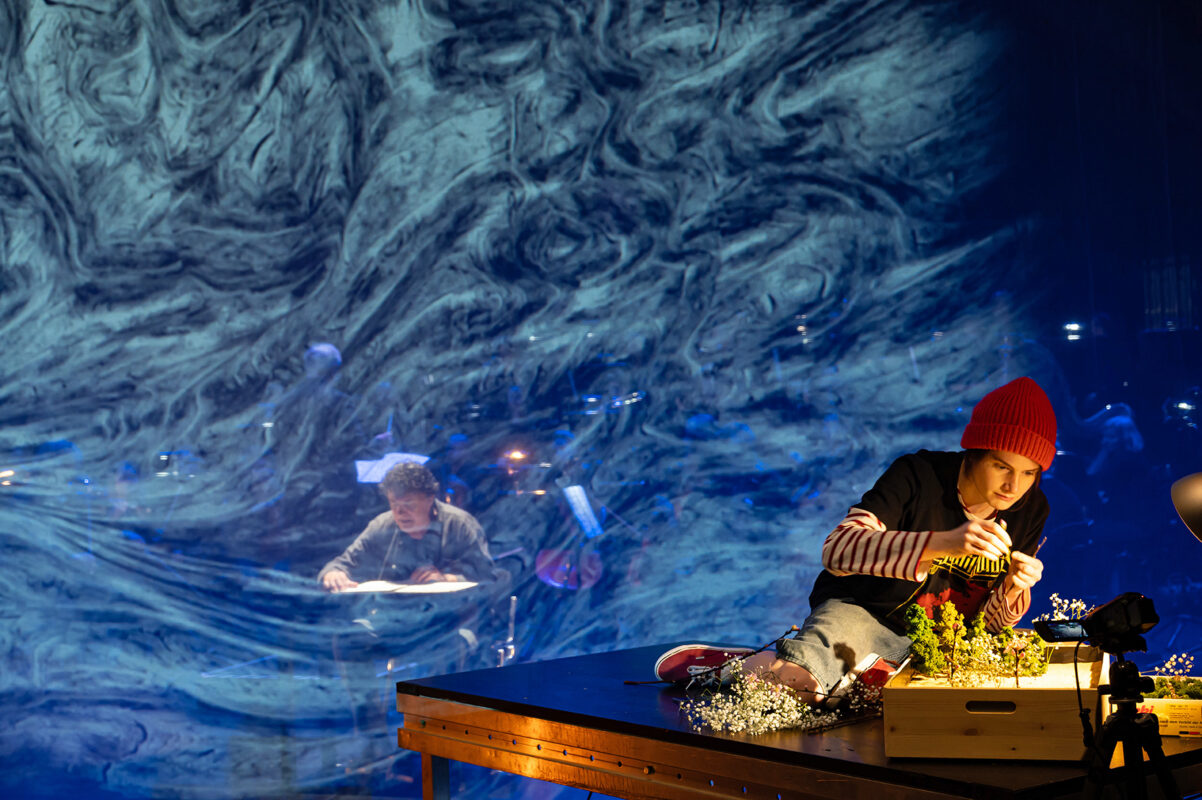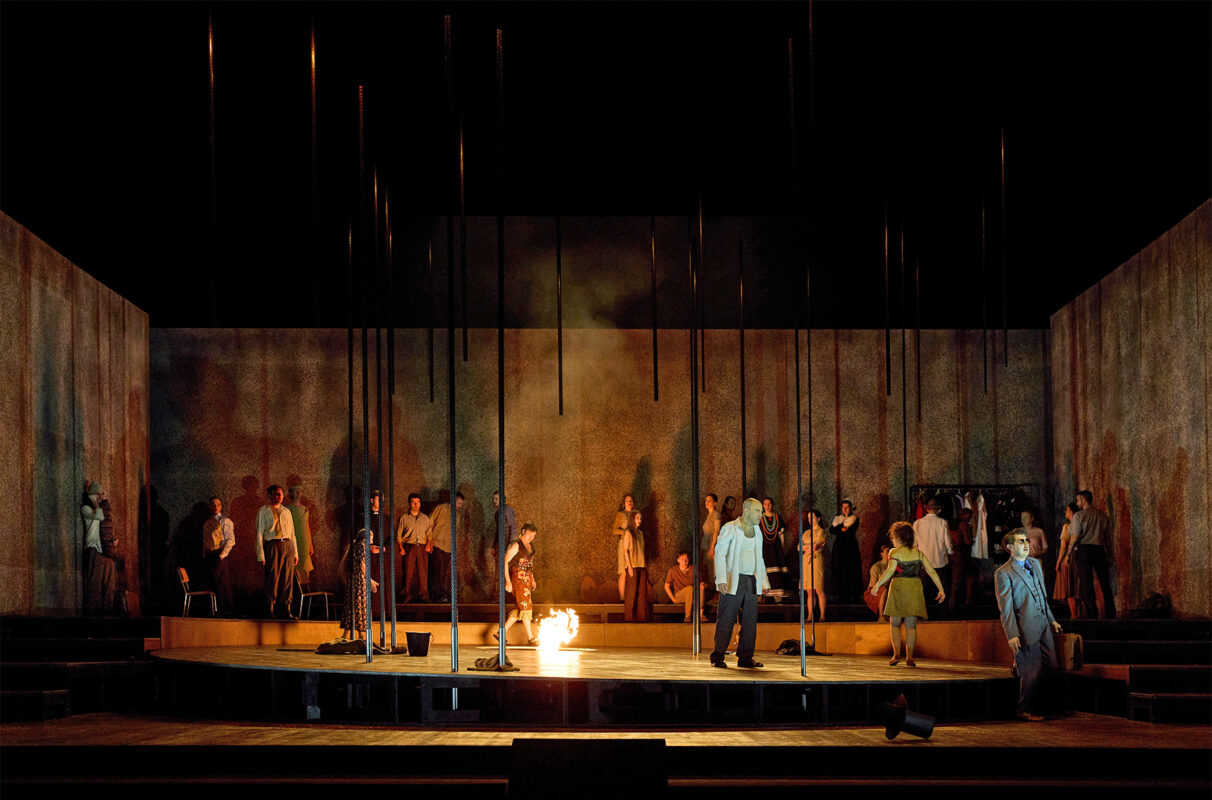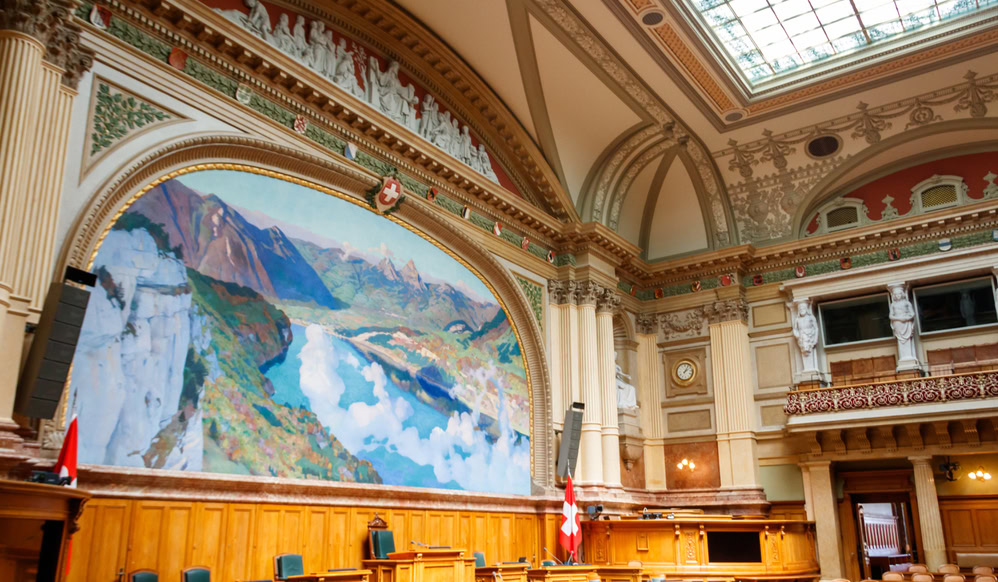Growing from biblical images
On March 22, the Toccata Wil chamber orchestra hosted an encounter between organ and string orchestra. The main item on the program was the world premiere of the "Sinfonia concertante" for organ, oboe and strings by Bernhard Sieber.

The first work of this concert in the Kreuzkirche Will was the Concertino by Karl Christian Hoyer ((1891-1936). The composer had labeled his work "in the old style". In the three movements, however, he does not "copy" the Baroque style one-dimensionally, but contrasts it with the tonality and harmony of the early 20th century. Antonio Vivaldi's Concerto for two violins, strings and basso continuo is not yet really a solo concerto, as the two violins are still very much oriented towards the continuo. Esther Böck and Brigitte Mayer harmonized wonderfully, with the second movement, Larghetto e spirituoso, standing out in particular.
The main work of the concert, however, is certainly the Sinfonia concertante by the organist and composer Bernhard Sieber, who lives in Oberuzwil. Sieber based the four movements on quotations from the Bible. The words of Isaiah "The people who walk in darkness see a great light" were placed above the first movement. The composer drew this movement with a muffled organ bass in the lowest register, accompanied by dry string pizzicati, while the bright light contrasted the darkness with sharp organ tones.
In the scherzo movement, the music describes the liberation from the yoke of oppression: martial sounds ended with extatic convulsions in a blaze of fire. The turbulent scherzo finally ends abruptly in a single, high violin note when all enemies have crumbled to ashes.
The third movement answers the question of why all the roar of war ends in fire with the coming of the Prince of Peace: the oboe (Christian Voss) stands out conciliatory from the sound of the strings. The magnificent fugue of the fourth movement depicts the immeasurably glorious justice and everlasting reign of the Prince of Peace. Bernhard Sieber says of his work that it is not really program music: "The constructive elements predominate by far." However, the audience could not help but place the imagery of the music in the context of the biblical quotations on which it is based; indeed, it literally demanded a confrontation with them and thus testified to the composer's deep faith.








